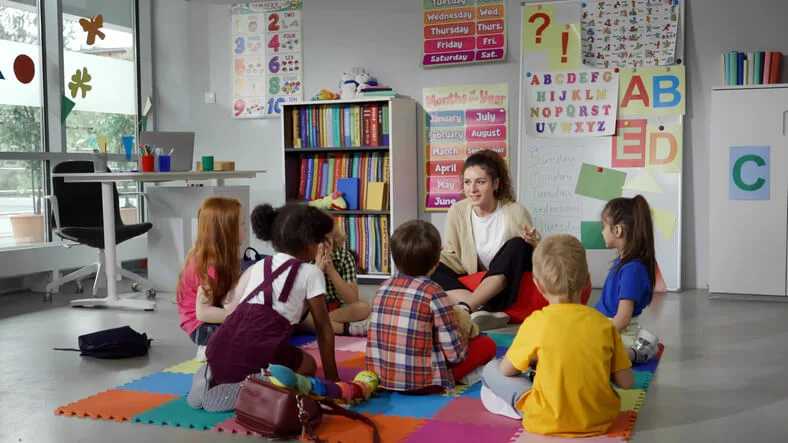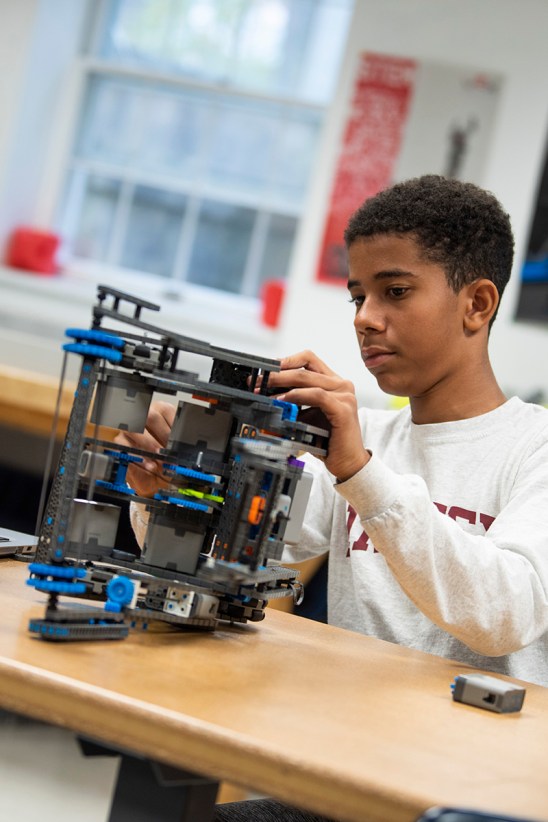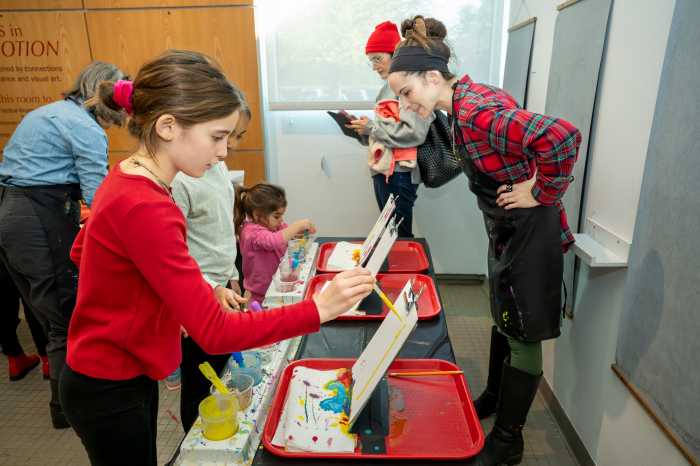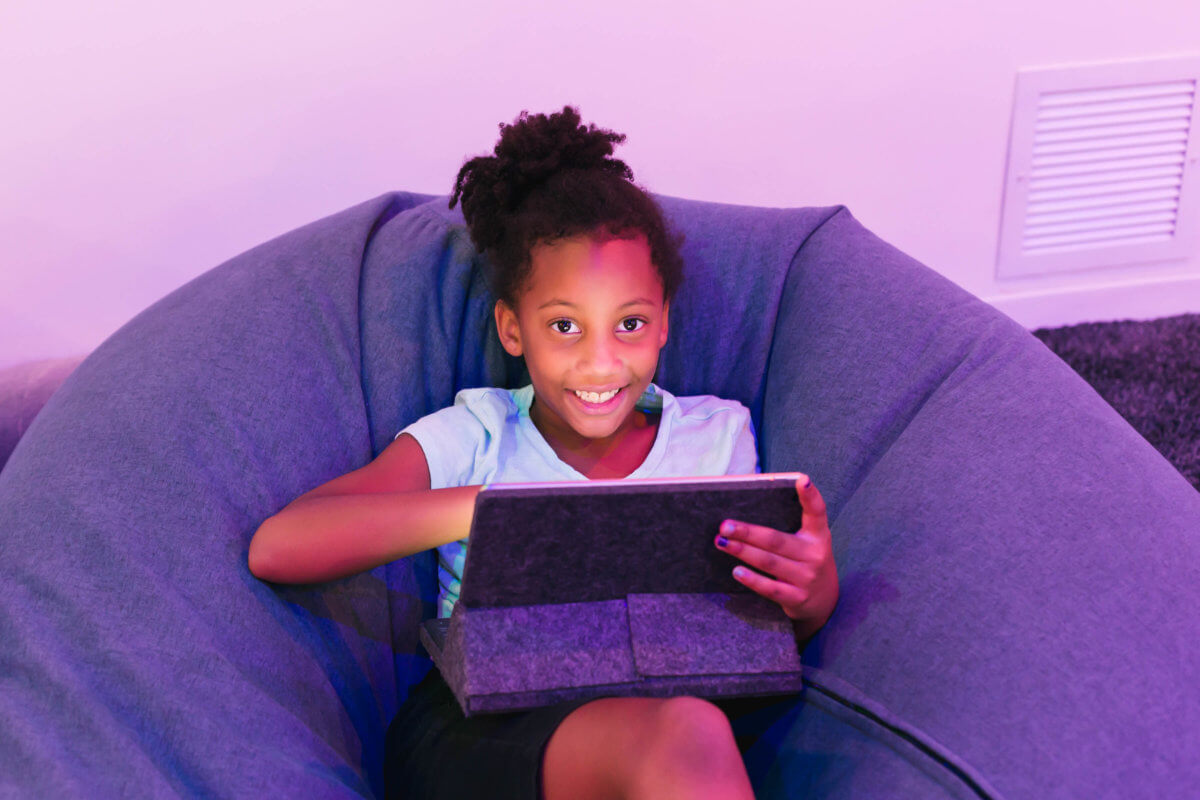
Shake the preconception that coding is about math or science, or about learning the nuanced syntax of a specific language. In the real world, coding is an extremely creative activity. It’s about bringing ideas to life and sharing them with massive numbers of people.
Kids are obsessed with digital. It’s their medium of choice – one which enables a single person to have an idea, bring that idea to life, distribute it to millions of people, and change the world.
Learning to code introduces kids to a whole new world of creative possibilities. Coding bridges the gap between imagination and reality, between conceptualization and tangibility. Think back to when you were a child. You may have fantasized about building your own multiplayer video game. You may have even drawn out what the game looked like, level-by-level, and included all of the different characters, objects, and obstacles featured in your game. Now, imagine being given the tools to actually create that game. Coding allows kids to take their creative ideas (like a multiplayer video game) and bring them to life on their computer screens.
For many kids, their first introduction to code is playing drag-and-drop games to see how code snippets fit together to move characters on a screen. These games are great for getting kids excited about learning to code and teaching basic concepts like sequencing and conditional logic. In addition to playing these types of coding games though, it is important to give kids the tools to actually be able to create their own games. This is what flips kids from being just video game and app consumers to creators.
Learning to code develops resilience. Every single coding project involves problem-solving. Whether kids are trying to fix a bug in their code, or perform an arduous task, coders spend a fair amount of time analyzing, testing, experimenting and iterating. As kids develop mastery in coding, it increases their understanding of how technology is built and how it functions. It is a very rewarding, fun, and fulfilling activity when kids can see (and witness of the impact of) the fruits of their labor – whether they are building an app, a mobile game, or a website. And, as a result, they become more resilient, independent, and resourceful.
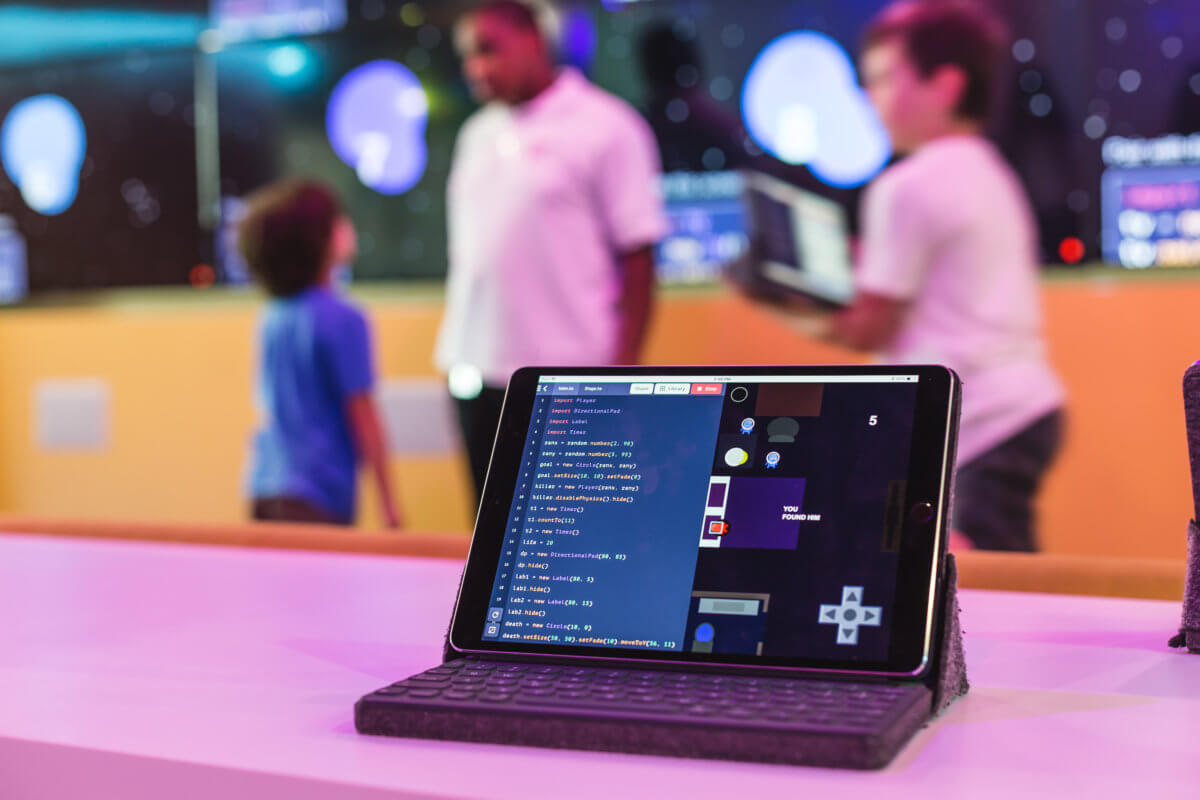
Learning to code instills self-confidence.
Self-confidence is about believing in one’s abilities, skills, and experience. Coding, like any activity or hobby, takes time, effort, patience, and determination to become good at it. As kids develop their coding skills over time, they gain more confidence and self-esteem, which encourages them to take more risks, express their creativity, and continuously invest in the work they produce.
At Codeverse, we maintain a 1:1 child-to-instructor ratio during virtual classes to ensure that every kid has ample opportunities to ask questions, receive guidance and feedback, and be challenged creatively and technically. When students feel their voices are heard, they learn that their questions and input are important and that speaking up isn’t scary, but rewarding. This inspires them to confidently seek solutions to academic challenges both online and at their school.







